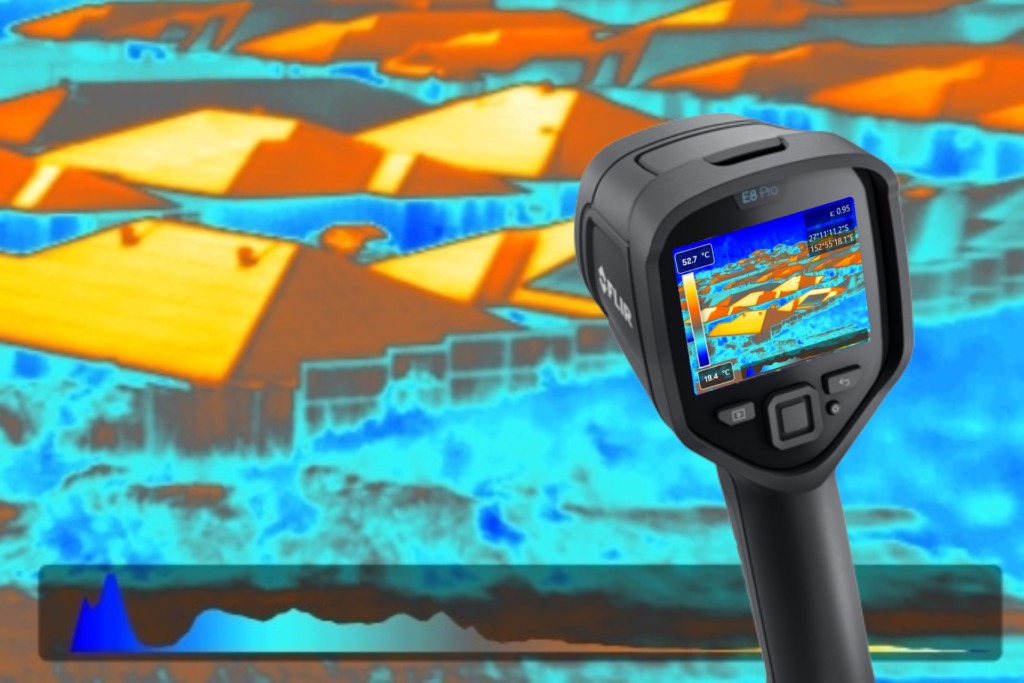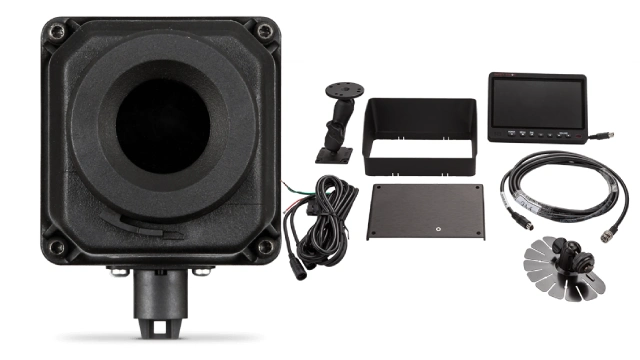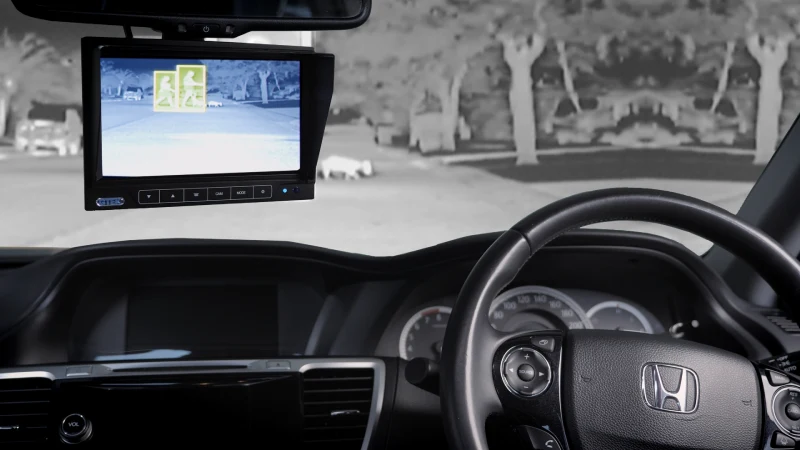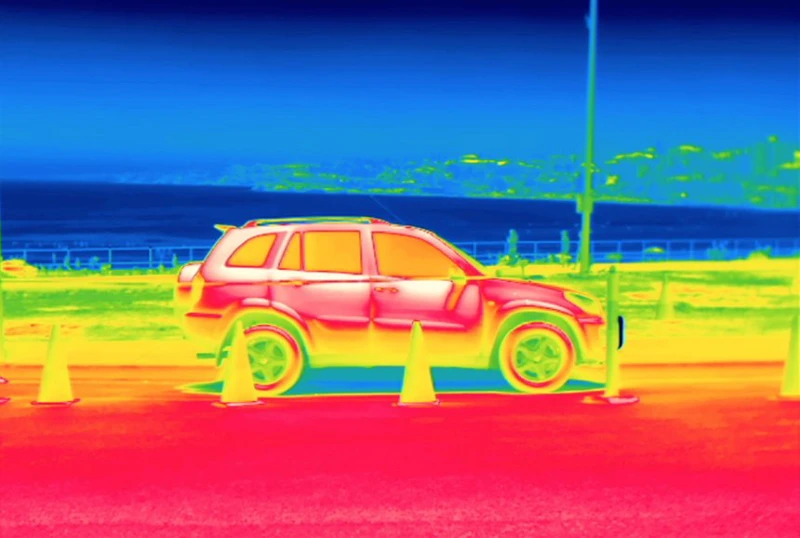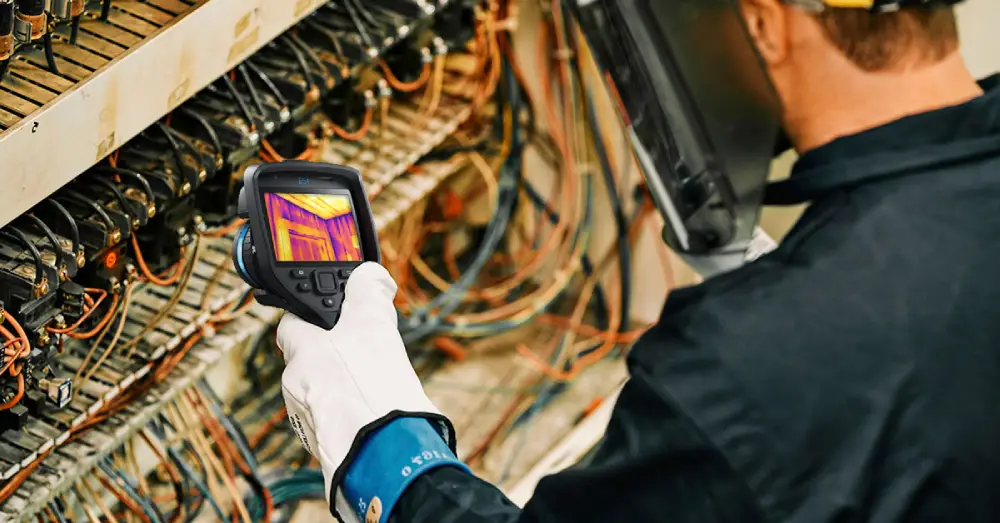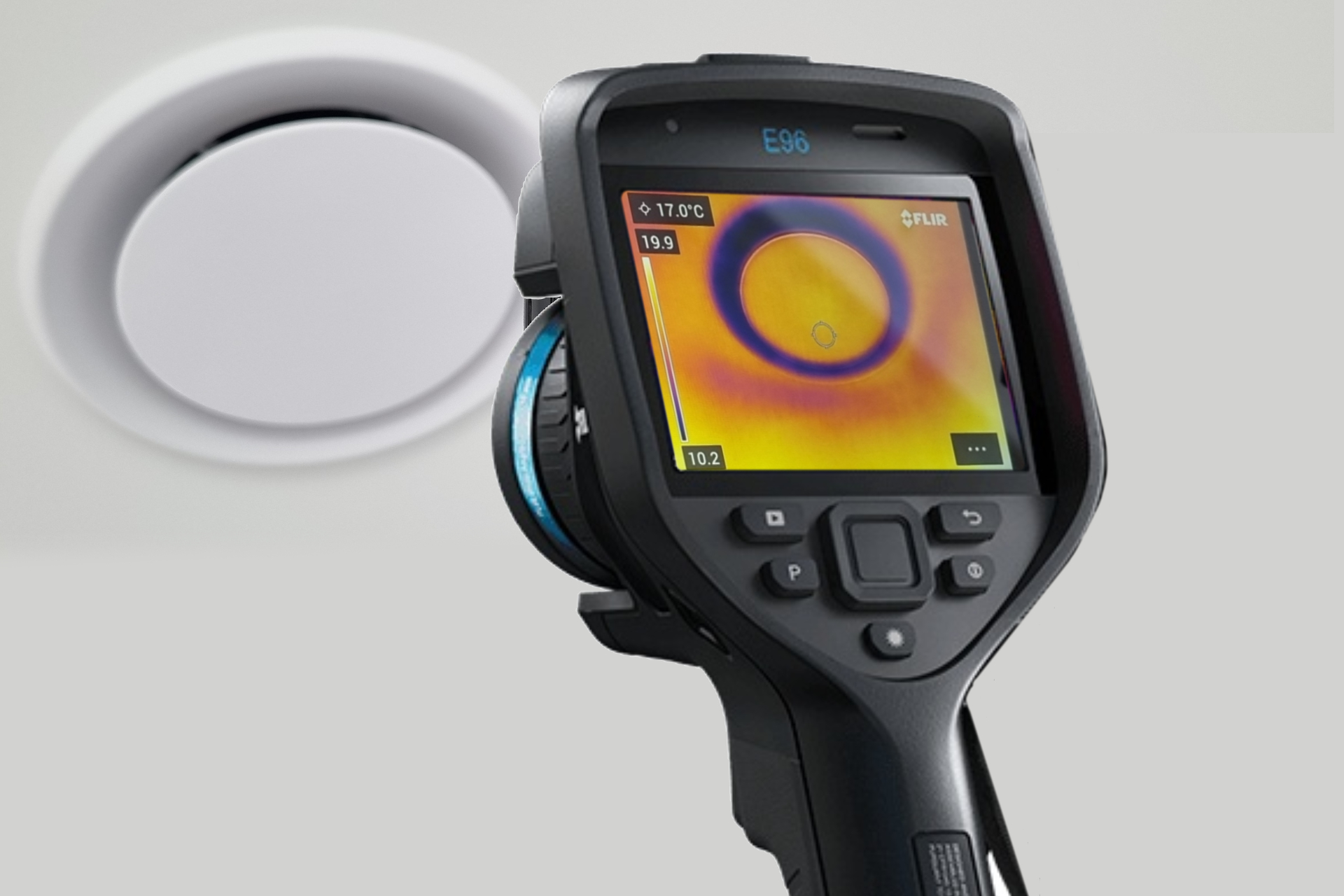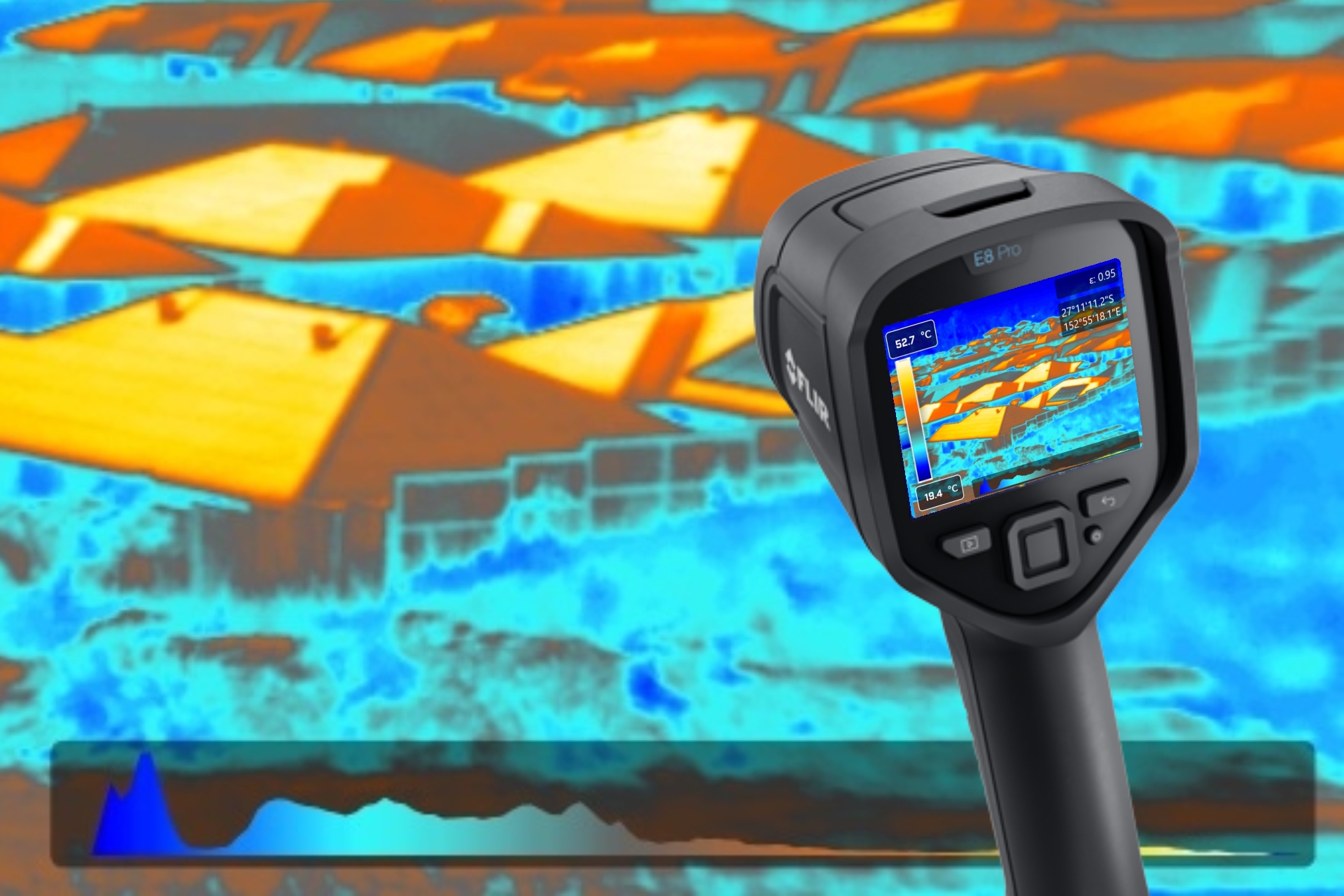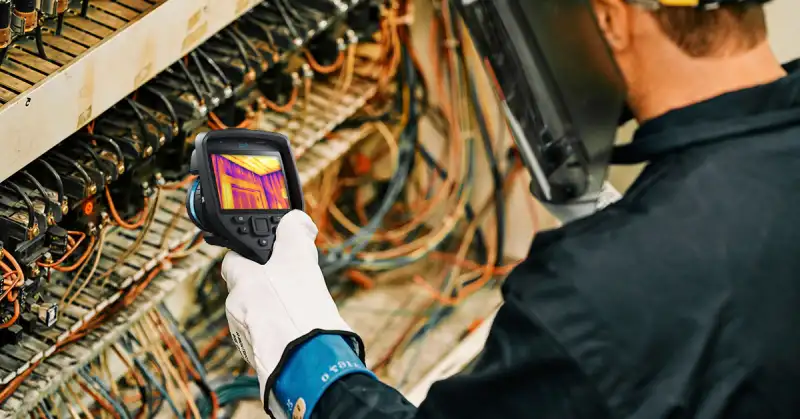Dark roofs are popular in Australian urban areas but they come with a catch. Dark coloured materials absorb and retain a substantial amount of heat, increasing local temperatures, and fostering urban heat islands.
Understanding the impacts of dark roofs on urban heat is crucial for developing sustainable solutions to mitigate their effects and building resilient cities.
The Science Behind Dark Roofs and Heat Absorption
The colour of a roof plays a pivotal role in determining its heat absorption capacity. Dark-coloured roofs made with clay tiles or metal sheets absorb a significant portion of the incoming solar radiation. This absorbed heat is then transferred into the building’s structure and surrounding environment.
In contrast, light-coloured or reflective roofs, such as those made of white or light-coloured materials, reflect a considerable amount of solar radiation, reducing heat absorption and minimising heat build up.

Why Does Colour Matter?
More heat energy from the sun is delivered in the visual spectrum than the infrared. Short wave energy such as the suns energy passes straight through the atmosphere and is absorbed by dark roofs.
Heat energy can be seen in each colour of a rainbow. The darker the colour the more heat it contains. Similarly, darker coloured objects absorb more colours in the spectrum and therefore get hotter than lighter coloured objects. This means that if you have a dark coloured roof, you are absorbing heat energy from every colour of the spectrum.
Dark Roofs Contributing to Climate Change
Heat energy travels from high to low and is non-negotiable. When the sun is up we absorb its heat, when the sun goes down the heat is re-released into the atmosphere. The short wave heat energy that travelled through the atmosphere and was absorbed by the dark roofs is now re-released as long wave heat energy. This long wave energy cannot pass through our atmosphere and gets trapped creating negative climatic effects.

Excessive Urban Heat and its Impact
Energy can neither be created nor destroyed, only change its phase or state. If the Earth continues to absorb this extra heat energy we will see detrimental changes that will affect us all.
According to research by Sweltering Cities advocacy group, dark roofs can easily be 10 degrees hotter in the middle of a hot summer day. The consequences of excessive heat in the home are far-reaching. Elevated temperatures from dark roofs and other building materials can increase health risks for urban residents.
This is particularly an issue for vulnerable people with health conditions, the elderly, and young children who cannot easily regulate their body temperature.
Residents living in Australian urban heat islands are more likely to experience heat related illnesses including heat exhaustion and heatstroke. This risk is higher during heatwaves.
Dark Roofs Cause Energy Bill Spikes
Heightened temperatures typically lead to increase energy consumption as more people reach for the air conditioner. Houses with darker roofs are experiencing power bills spikes of more than $700 per annum.
This is because increased electricity consumption during in peak hours puts further strain on local powers grid and ageing coal power stations. The costs are then passed onto consumers.
Lower income neighbourhoods bear the brunt of hot homes as they are more likely to have dark-roofed buildings and limited access to green spaces. This exacerbates existing disparities for people on fixed incomes as they cannot afford large fluctuations in utility prices.

Install Light Cool Roofs
One effective way to lower urban heat islands is by installing cool roofs. These roofs are made of light-coloured or reflective materials that reflect heat. They are better at keeping houses cool rather than dark and tiled roofs that absorb infrared heat.
Australia’s state governments and local councils should be leading the way with sustainable building practices that help cool our urban environment. A sensible start would be to make cool roofs mandatory on all new home builds. Providing existing home owners with tax breaks where they upgrade to cool roofs is also a good idea.
Stockland Aura Cool Roofs Policy
Large residential builders also have a role to play. For example, the new master planned Stockland Aura estate on the Sunshine Coast requires mandatory installation of cool roofs on all new homes. Light coloured metal roofs in the estate help keep homes cooler and they more energy efficient which means less need for air conditioners and lower energy bills.

As a positive energy efficiency requirement, all new homes within the Stockland Aura community need to install roof materials that have a solar absorbance rating of less than 0.5. Builders are encouraged to source light coloured roofs from suppliers such as Colorbond and UniCote.
Some tiles and colour combinations are allowed as well, as long as they meet Stockland’s solar absorbency requirements. However, roof materials that are unfinished, reflective, galvanised, zinc based, or made with fibre cement or tray deck sheeting are not allowed.
Green Roofs and Green Spaces
Green roofs, which have plants growing on them, can help keep cities cooler. They act as natural insulation and help cool down buildings.
Creating more green spaces like parks and urban forests can also cool down cities by providing shade and letting water evaporate.
Getting Communities Involved
It’s also important to involve local communities in efforts to lower heat in cities. Teaching people about the benefits of cool roofs and how to save energy can make a big difference. When everyone works together, it’s easier to tackle heat-related issues.
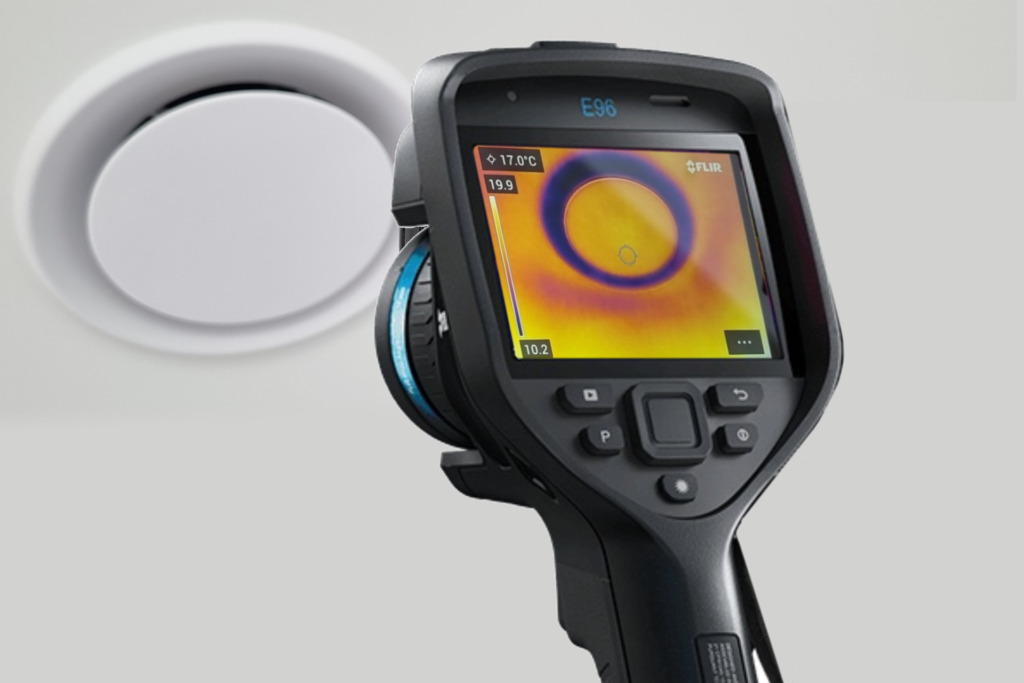
Using Thermal Cameras for Roof Inspections
If you have issues with a hot roof, it’s a good idea to call a roofing contractor or building inspector who can inspect your home and offer guidance on improving energy efficiency.
We highly recommend that you choose a professional with a FLIR thermal camera. FLIR cameras are incredibly useful for detecting excess heat, air leaks, structural damage, plumbing issues, and roof moisture problems that are invisible to the naked eye.
Professional inspectors can quickly assess a roof’s condition because they use infrared cameras that are not invasive and do not require direct contact with hot surfaces. Once issues are identified, repairs and preventative maintenance can be started so that smaller problems don’t escalate into major issues.
How FLIR Cameras Work
FLIR cameras work by capturing heat rather than visible light. They detect temperature variations in specific areas, displaying them using a colour palette ranging from cooler blues and greens to warmer reds and yellows. The more orange and red surfaces you see in a thermal image, the hotter that surface is.

Detecting Insulation Issues in Dark Roofs
IR cameras excel at detecting home insulation problems in hot roofs. Thermal cameras can pinpoint gaps in roof insulation, poor ventilation, damaged tiles, and cool air loss around windows and doors. They are also handy for detecting electrical issues, and pests nesting in roof and wall cavities.
Further Information on Thermal Infrared Cameras
Investing in a FLIR camera from GTEK Infrared is a smart move for trades people and people working in construction, mining, transport, and other industries. GTEK also delivers thermography training to teach you how to analyse your thermal images and to identify issues.
To learn more about FLIR thermal cameras or to book in for thermography training, please call us on 1300 416 626.

